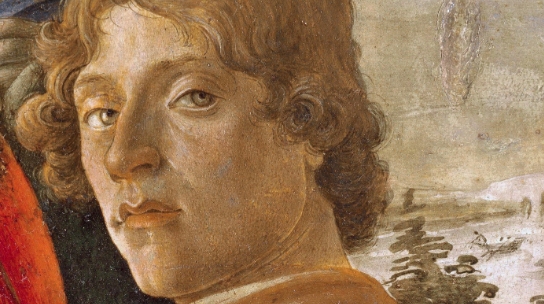Botticelli’s Self-Portrait: A Glimpse into the Artist’s Psyche
Italian Renaissance artist Sandro Botticelli is best known for his iconic works such as “The Birth of Venus” and “Primavera.” However, a lesser-known piece found within the Uffizi Gallery in Florence offers a rare glimpse into the artist’s inner world – his self-portrait.
The Self-Portrait: A Study in Introspection
In this self-portrait, Botticelli gazes directly at the viewer with a pensive expression on his face. His eyes seem to hold a hint of melancholy, as if he is pondering the complexities of life and his own place in the world.
The artist’s clothing and demeanor suggest a sense of refinement and sophistication, typical of the Renaissance elite. His curly hair and distinctive features are captured with meticulous attention to detail, showcasing his masterful skill as a portraitist.
A Window into Botticelli’s Soul
While Botticelli’s self-portrait may seem straightforward at first glance, a closer examination reveals layers of complexity. The artist’s introspective gaze and subtle expression hint at a deeper emotional depth, inviting viewers to contemplate the inner workings of his mind.
The use of light and shadow in the painting adds to its enigmatic quality, casting his face in a soft, ethereal glow. This emphasis on light and shadow not only highlights Botticelli’s technical prowess but also serves to enhance the emotional intensity of the piece.
A Legacy of Artistic Genius
Botticelli’s self-portrait serves as a fitting testament to his enduring legacy as one of the most revered artists of the Italian Renaissance. Through this intimate glimpse into his psyche, viewers are able to connect with the man behind the masterpiece and gain a deeper appreciation for the passion and creativity that fueled his artistic pursuits.
As we study his self-portrait and delve into the inner workings of his mind, we are reminded of the timeless allure of Botticelli’s artistry and the enduring power of his work to captivate and inspire audiences across the centuries.



